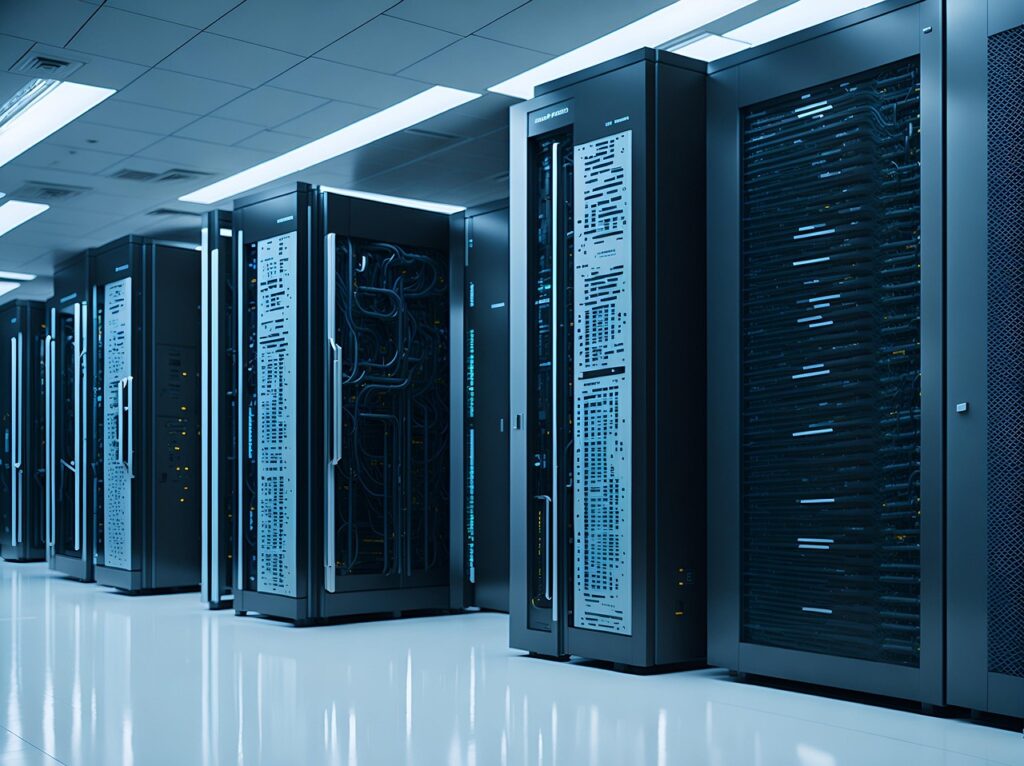Let’s keep it simple: AI is transforming how routers and switches work—making them smarter, faster, and more autonomous. These devices aren’t just passing packets anymore—they’re learning, defending, and adapting in real time. Let’s break down the essentials.
1. From Rigid to Adaptive
Traditionally, routers and switches followed fixed rules—static configurations and routing protocols like OSPF or BGP. That worked—but it was inflexible and reactive. AI is changing all that: now, devices can analyze traffic patterns, predict congestion, and reroute dynamically—cutting latency and boosting efficiency.
2. Smarter Traffic, Smoother Flow
With AI-driven packet inspection and telemetry, routers can prioritize high-demand services—like video calls or cloud workloads—on the fly. They even self-heal, avoiding failures before they happen. This means fewer bottlenecks and smoother performance overall.
3. Turbocharged Hardware
Modern routers now include AI-specific hardware: think chipsets, Smart NICs, and FPGAs. These components can detect high-level patterns in real time and onboard programmable actions—no cloud required. That leads to faster response, less CPU strain, and smarter traffic management.
4. Automation That Actually Thinks
AI brings intent-based networking (IBN) and “NLP-powered” config tools that translate human goals into network adjustments. Coupled with anomaly detection, this means networks can diagnose themselves and fix issues—without a human usually needing to step in.
5. Security That Anticipates
AI isn’t just optimizing routes—it’s protecting them. It can spot suspicious patterns that hint at DDoS attacks or intrusions and react—quicker than any human can. Think real-time threat hunting, behavioral analysis, deceptive honeypots—with AI always learning and adapting.
6. Encryption That’s Way Smarter
AI improves cryptographic operations behind the scenes—from smarter key management to optimized post-quantum encryption workflows. It even helps accelerate homomorphic encryption usage—making secure processing faster.
7. What’s Next? Big Ideas, Big Challenges
Looking forward, AI-led networking is branching into 6G, edge automation, and quantum-ready protocols. But it’s not without hurdles—scalability, algorithm transparency, ethical use, and security remain top priorities. And yes, human oversight is still essential.
TL;DR — The Bottom Line
AI is taking routers and switches from dumb pipes to smart agents. They now learn, heal, prioritize, and protect—all on the move. The next-gen network will think for itself, but it still needs us humans to guide it thoughtfully.



